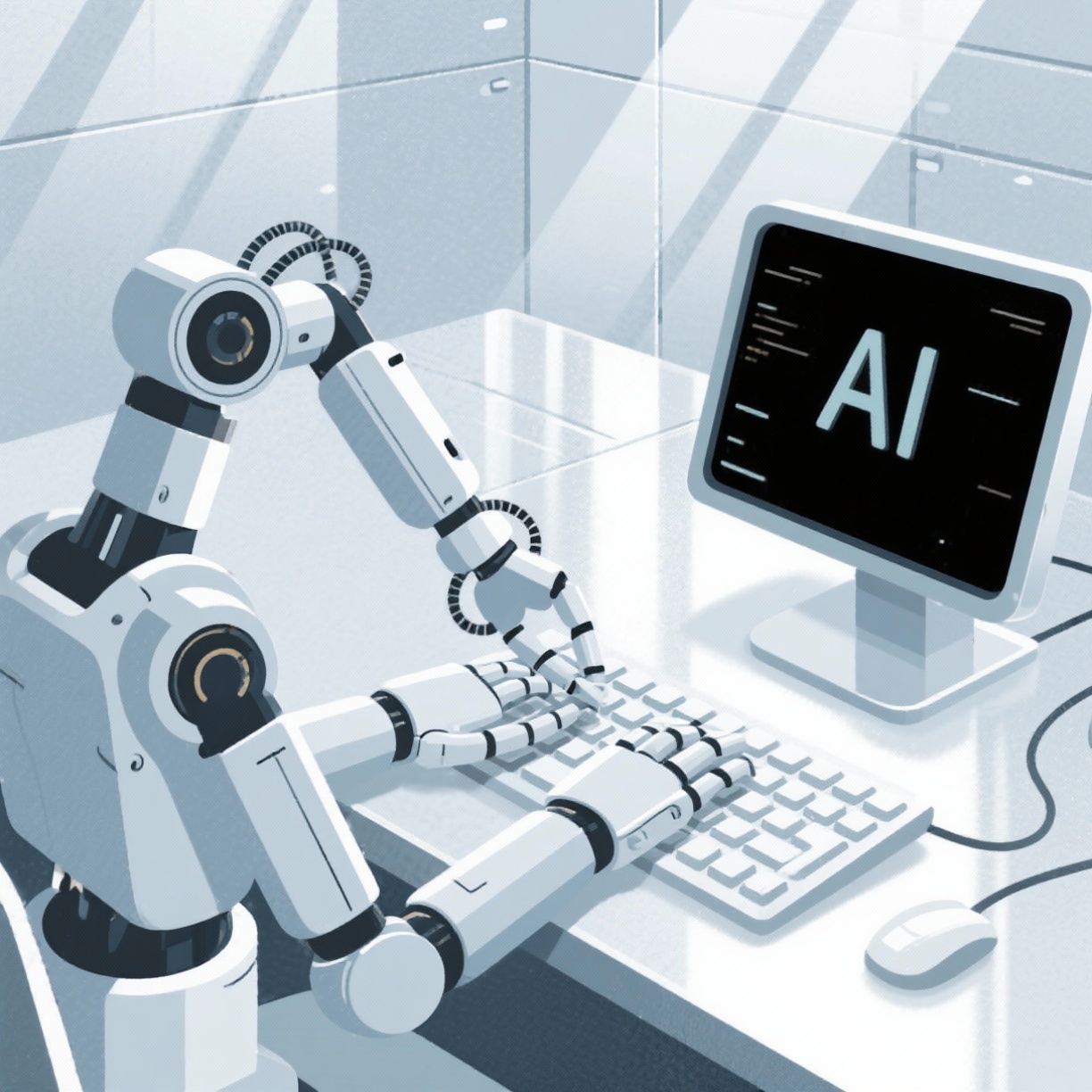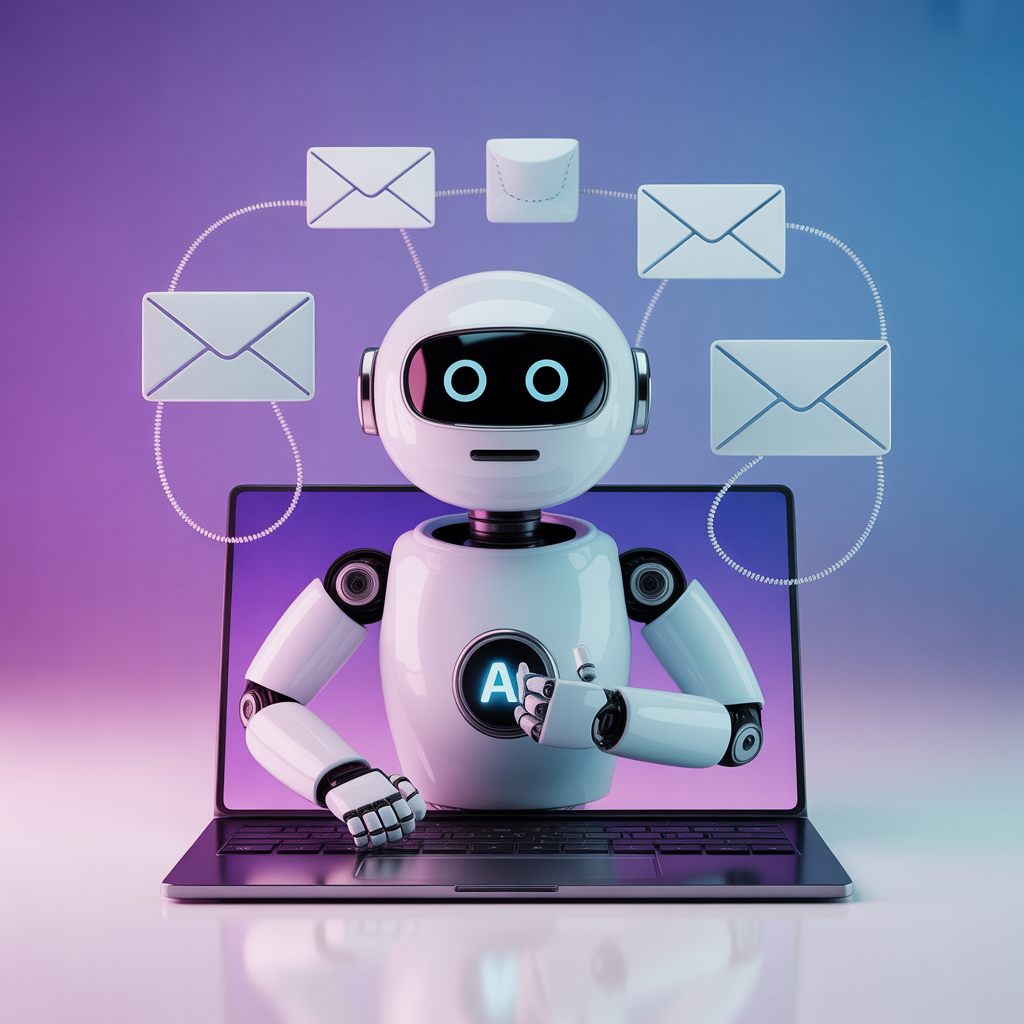Introduction
The rise of Artificial Intelligence has transformed the way we write. From quick blog drafts to personalized emails, AI writing tools can now generate professional-level content in seconds. But as powerful as these tools are, they’ve also sparked an ongoing debate — can AI writing truly replace manual, human writing?
In this blog, we’ll explore both sides of the story. You’ll discover how AI writing tools are reshaping content creation, where human creativity still reigns supreme, and how a balanced mix of both can help you write smarter, faster, and better in 2025.
1. What is AI-Assisted Writing?
AI-assisted writing uses artificial intelligence tools like ChatGPT, Jasper, Copy.ai, or Writesonic to generate written content. These systems analyze massive amounts of data to understand language patterns and predict the most relevant words for your topic.
AI tools can now write:
- Blog posts and articles
- Email drafts and newsletters
- Product descriptions
- Ad copies
- Social media captions
They’re fast, accessible, and perfect for brainstorming ideas or speeding up repetitive writing tasks.
2. What is Manual Writing?
Manual writing, on the other hand, is traditional human-driven content creation — using research, thought, and creativity to craft messages from scratch. It’s slower than AI, but it carries authenticity, emotions, and personal perspective that algorithms still struggle to replicate.
Manual writing excels in:
- Creative storytelling
- Emotional or persuasive content
- Branding and tone consistency
- Cultural sensitivity and nuance
While AI can generate words, manual writing creates meaning.
3. The Pros of AI Writing
AI writing tools have become essential for modern creators, especially for bloggers, marketers, and business owners managing multiple content platforms.
Here’s what makes them valuable:
✅ Speed & Efficiency: AI can produce a 1000-word blog in seconds, saving hours of work.
✅ Cost-Effective: Instead of hiring large writing teams, small businesses can generate drafts quickly.
✅ SEO Optimization: Many AI tools include SEO features to help you rank better.
✅ Idea Generation: When you’re stuck, AI can suggest topics, titles, and structures instantly.
✅ Consistency: AI maintains formatting, grammar, and tone across multiple posts.
For example, you can use AI to write a blog outline, then refine it manually — blending technology with creativity for the best outcome.
4. The Cons of AI Writing
While AI is powerful, it’s not perfect. There are still limitations every writer and brand should understand.
❌ Lack of Emotional Depth: AI can mimic tone but not genuine emotion. It doesn’t feel, so emotional storytelling often falls flat.
❌ Repetitive Language: Many AI models reuse similar sentence structures or phrases, leading to generic writing.
❌ Fact Inaccuracy: AI sometimes produces outdated or false information because it doesn’t verify sources in real-time.
❌ Limited Creativity: It struggles with original metaphors, humor, or abstract ideas.
❌ Ethical & Authenticity Issues: Readers and search engines now value authenticity — AI-written content may face credibility challenges if not disclosed or edited.
In short, AI is a great assistant, but it still needs a human editor.
5. The Pros of Manual Writing
Manual writing remains the gold standard for authenticity, storytelling, and connection.
✅ Emotional Connection: Humans can write with empathy, humor, and real-life experiences.
✅ Creative Freedom: Manual writers create original concepts, analogies, and cultural insights AI can’t match.
✅ Personalized Messaging: Especially in emails and branding, human writing feels more relatable.
✅ High-Quality Storytelling: Real stories, struggles, and emotions are what make content memorable.
✅ Better Critical Thinking: Humans analyze, interpret, and adapt to changing contexts — something AI lacks.
In essence, manual writing speaks to the heart, not just the head.
6. The Cons of Manual Writing
❌ Time-Consuming: Writing from scratch can take hours or even days.
❌ Inconsistency: Different writers may have varying tones or grammar accuracy.
❌ Limited Output: A human can’t match AI’s speed or scalability.
❌ Writer’s Block: Creative fatigue and mental blocks can delay content schedules.
This is why many professionals today combine manual creativity with AI efficiency — for the best of both worlds.
7. AI Writing in Email and Blog Creation
AI has made email and blog writing easier than ever. You can now:
- Generate personalized email templates.
- Create blog outlines optimized for SEO.
- Rewrite old articles in new tones or formats.
- Translate content for international readers.
However, the best-performing emails and blogs are still edited by humans — to refine tone, add emotional appeal, and match the brand’s personality.
For instance, AI might write:
“We appreciate your interest. Please review the attached file.”
A human would refine it to:
“Thank you for your interest in our new collection! We’ve attached the file below — excited to hear your thoughts.”
That’s the difference between information and connection.
8. Combining AI and Manual Writing — The Hybrid Approach
The most effective writers in 2025 aren’t choosing between AI and manual — they’re combining both.
Here’s how to use the hybrid method:
- Start with AI: Use it to brainstorm topics, generate outlines, or draft initial ideas.
- Refine Manually: Edit for clarity, voice, and tone. Add personal stories or insights.
- Polish with AI Tools: Run grammar and SEO checks for optimization.
This approach lets you write faster while keeping your content authentic and emotionally engaging.
9. AI and SEO — The Technical Edge
AI writing tools are equipped with built-in SEO optimization features, such as:
- Keyword integration suggestions
- Readability analysis
- Content scoring
- Competitor comparison
However, Google’s algorithms (especially after the Helpful Content Update) now prioritize human-like, original, and valuable content. So while AI can guide your SEO, manual editing ensures compliance and trustworthiness.
10. Which One is Better in 2025?
There’s no absolute winner. The best writing depends on purpose and context.
| Scenario | Best Choice |
|---|---|
| Quick blog drafts | AI Writing |
| Emotional storytelling or brand tone | Manual Writing |
| SEO optimization | AI + Manual (Hybrid) |
| Marketing emails & product descriptions | Manual + AI polishing |
| Bulk content generation | AI Writing |
| Thought leadership articles | Manual Writing |
The future belongs to those who combine AI’s power with human creativity — not those who rely on one alone.
11. Ethical Use of AI Writing
When using AI tools, always maintain transparency and integrity. Don’t present AI-generated content as purely human-written if it isn’t. Readers appreciate honesty, and disclosing AI assistance can build trust instead of suspicion.
Also, always fact-check and personalize your final drafts. AI writing should enhance productivity, not replace authenticity.
Conclusion
AI writing has revolutionized how we create content, but human creativity remains irreplaceable. AI gives you speed, ideas, and structure, while manual writing provides emotion, originality, and storytelling depth.
In 2025 and beyond, the best strategy is collaboration — not competition between AI and human writing.
Use AI as your creative assistant and let your human voice bring heart to every message.
That’s how you create content that ranks, converts, and truly connects.


